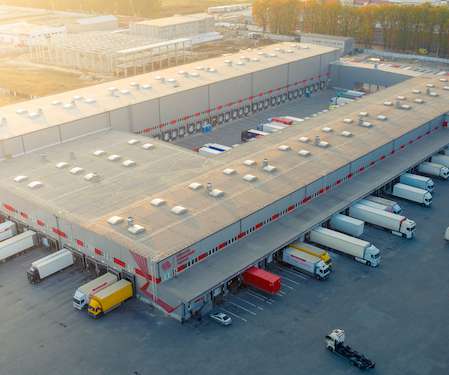Centralize Your Data Processes With a DataOps Process Hub
DataKitchen
NOVEMBER 4, 2021
Data organizations often have a mix of centralized and decentralized activity. DataOps concerns itself with the complex flow of data across teams, data centers and organizational boundaries. It expands beyond tools and data architecture and views the data organization from the perspective of its processes and workflows.















Let's personalize your content